This Easter week-end has marked the beginning of some warmer weather here in Nova Scotia. Yesterday we went to Kejimkujik Seaside, which is a National Park.
You can see our walk on Googlemaps.
http://goo.gl/maps/ND7gJ
We started out by walking the rocky shore along Boyd’s Cove and MacLeod’s Cove.
There is a rough track in places

The sea was very blue – I did not touch up this photo.

Parts of the coastal track had been washed away the last time we walked here. Another path has been cut, a bit further from the shore, through the trees.

And the boardwalk has been repaired in places or totally renewed, like this section.

Unlike Europe, the ‘history’ here is not very old. This is the ruin of the house of Hugh Cameron, a shepherd on St Catherine’s River Farm in the early 1900’s. But sheep farming here was a harsh existence and the land was eventually given to the Federal Government and became the Seaside Adjunct of the Kejimkujik National Park.

Yesterday, the bay was full of lobster boats, the better weather a pleasant change for these fishermen, who are only allowed to fish here on this part of the shore during the winter months! It has been a tough time for them – probably harder than sheep farming!

In my last post about this park, I added this photo of a wrecked boat that we spotted sitting high and dry on Little Hope Island.

There used to be a concrete lighthouse on the island until just after Hurricane Juan in 2003, when it collapsed.
This amazing photo was taken by Jeff Tutty of Hunts Point, Nova Scotia in August 2003 and the wrecked boat was already there!

Seemingly, the crew of the Lady Helen fell asleep!!

I didn’t have my tele-photo lens with me yesterday, but the boat has gone and the rocky island is hardly visible above the water.
We continued round to the sandy beach

and walked as far as is possible.
Then it was back to the car – a total of 14 km.
The forecast for this week is back to freezing most days, so maybe Spring isn’t here yet.
If you’d like to see Kejimkujik in the summer, with the birds and flowers, you can look at the blogs I wrote in 2009.
https://queensincanada.wordpress.com/2009/07/09/kejimkujik-national-park-part-1/
https://queensincanada.wordpress.com/2009/07/10/kejimkujik-part-2/
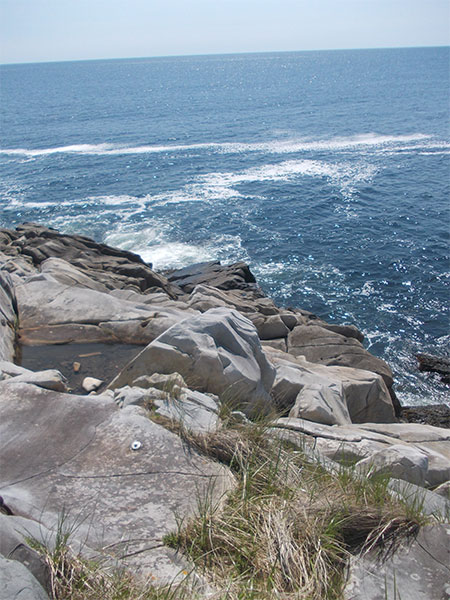
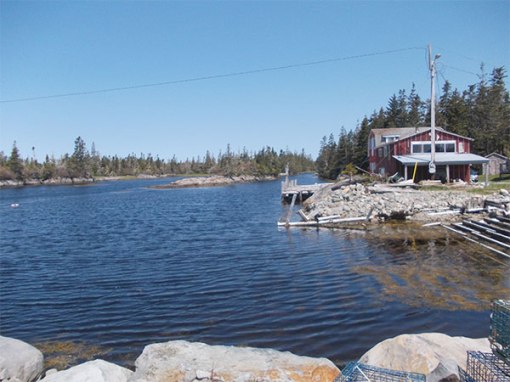
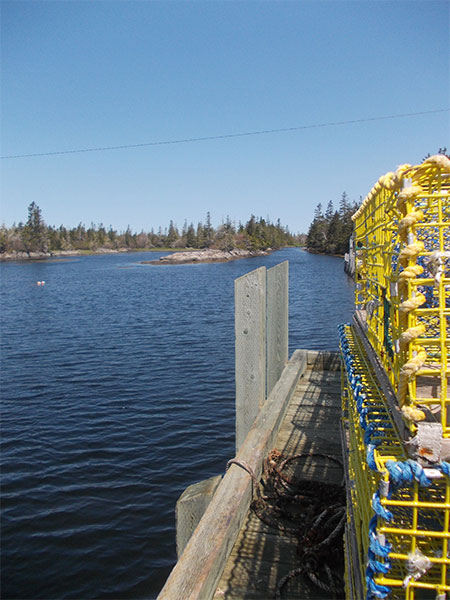
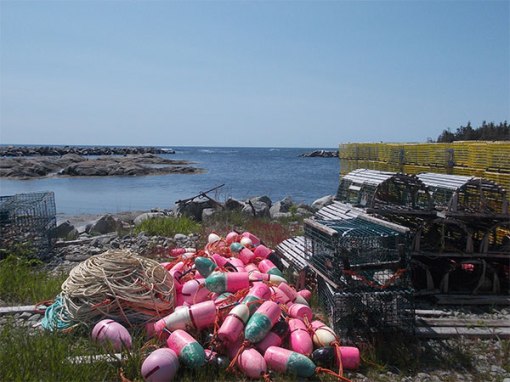
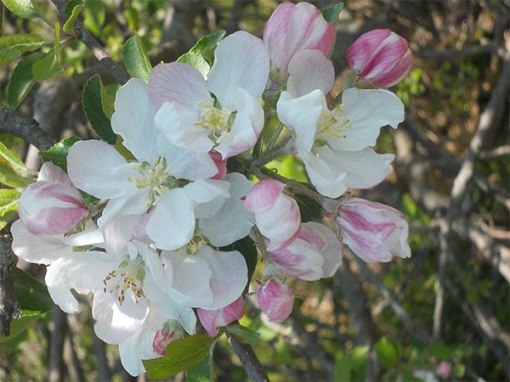
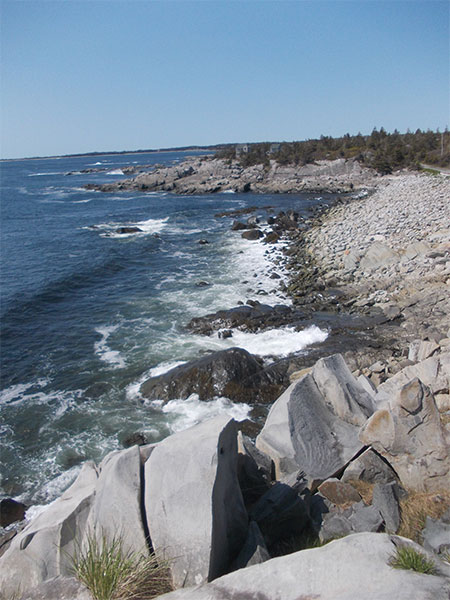
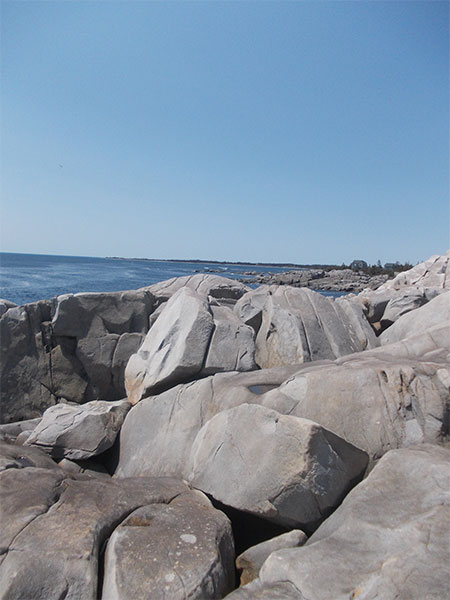
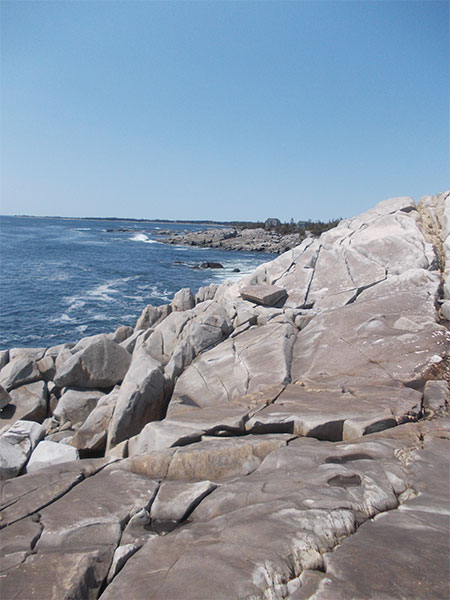
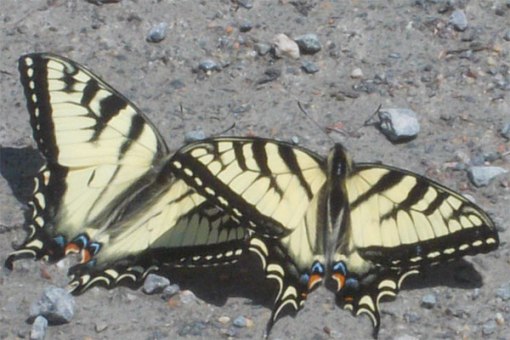
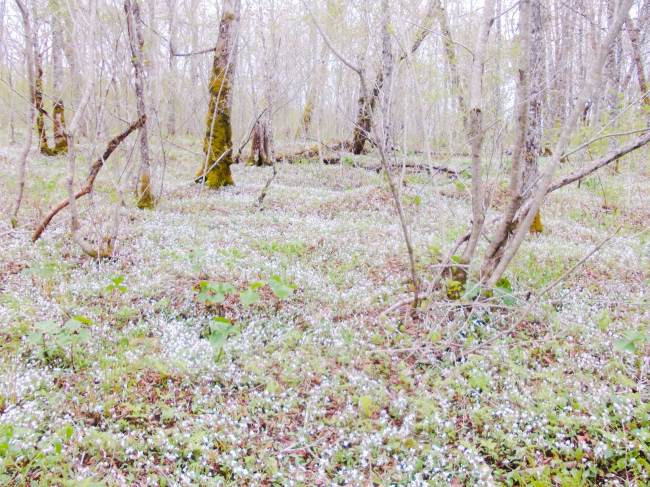


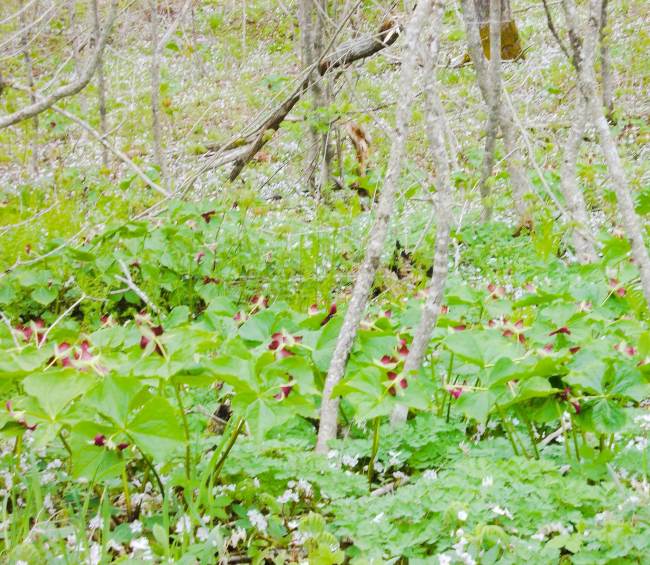



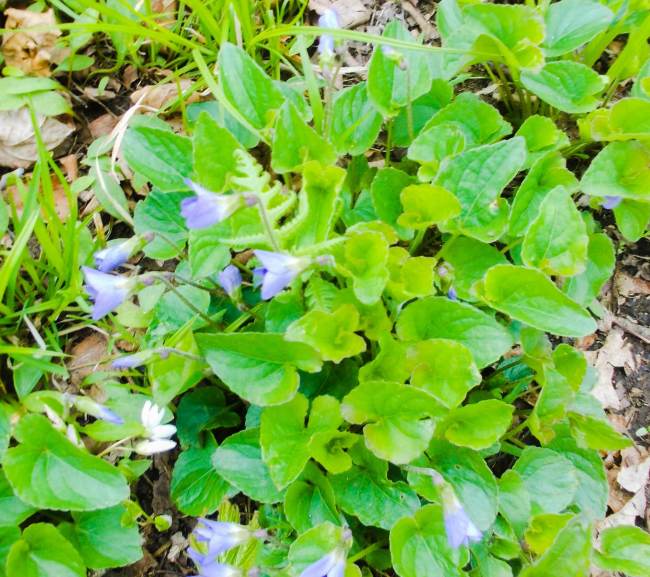





















Recent Comments